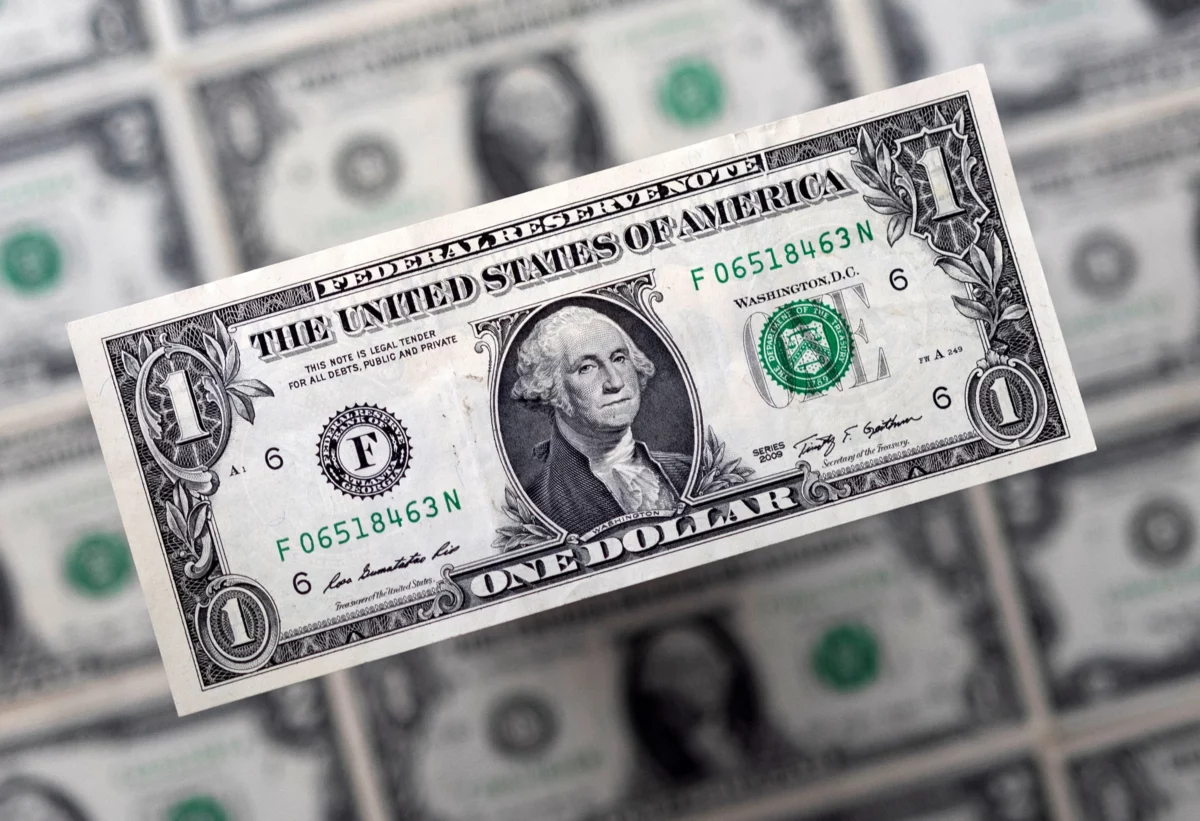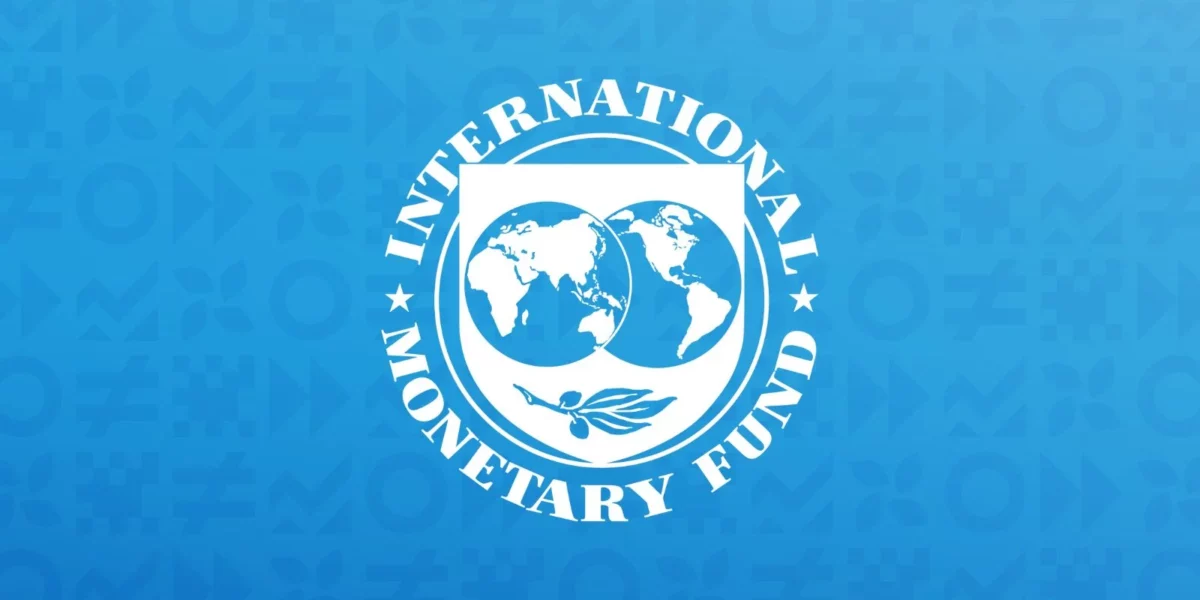The International Monetary Fund estimates that a 10% increase in the US dollar as a result of changes in the world financial markets decreased economic output in emerging market countries across Africa by 1.9%.
This decline was discovered to have persisted for 2.5 years. The IMF predicts that the US dollar will hit a 20-year high in 2022, having a considerable impact on the world economy. The upward capital flows from underdeveloped and emerging market countries to developed ones resumed in the same year.

The net capital outflows from emerging markets and developing nations, which have assisted in covering some substantial current account deficits in advanced economies, were principally caused by China and the commodity-exporting countries.
In developing market countries, especially in Africa, a strong dollar impeded trade and financial channels, according to the IMF.
Read Also: Why The International Monetary Fund Approved Burundi’s Loan
“Their real trade volumes decline more sharply, with imports dropping twice as much as exports. Emerging market economies also tend to suffer disproportionately across other key metrics: worsening credit availability, diminished capital inflows, tighter monetary policy on impact, and bigger stock-market declines,” the IMF said.
The IMF emphasized that the strengthening of the US dollar affected these countries’ current balances. The balance between a country’s savings and investments were said to be reflected in current accounts.
A statement released by the IMF read; ‘’as a share of Gross Domestic Product, current account balances (saving minus investment) increase in both emerging market economies and smaller advanced economies, because of a depressed investment rate (there is no clear systematic response for saving). However, the effect is larger and more persistent for emerging market economies.’’
Subscribe to Switch TV for more content.
In the past, increases in the US dollar’s value have had negative effects on other nations that disproportionately impacted poor countries and increased current account balances as the investment rate fell.
















